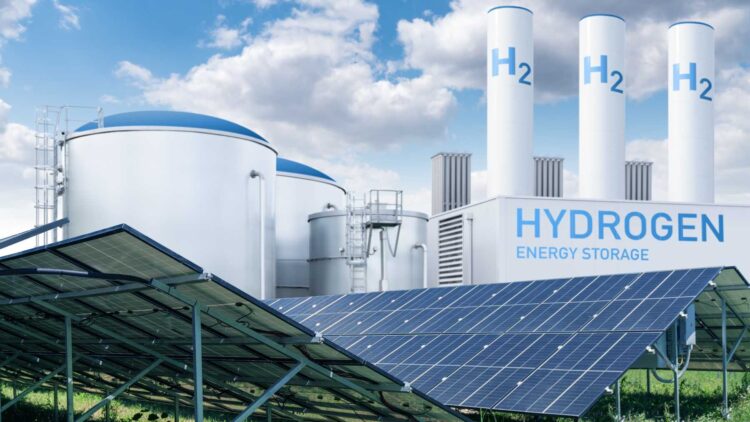With the search for renewable energy source at an all time high, a new scientific discovery might have changed everything we know about earthquakes and clean energy. As much as we have learned about our planet, there is still so much we do not know about the way that natural occurrences like tectonic movements work, and it now seems like, aside from releasing built-up tectonic stress, earthquakes might also be pumping out large amounts of hydrogen gas.
While it might seem a little farfetched, after all what do earthquakes have to do with renewable sources of energy, hydrogen has become a major player in the clean energy movement, with the main problem being we still have not figured out how to harness massive natural occurrences of it like we have figured out natural gas, so it is still an unreliable source if it is proven that it can come from tectonic movements.
What the scientist have found about the link between earthquakes and hydrogen
The first part is easy, and we all studied it in school. Tectonic plates are not stationary and they grind against each other and shift, breaking up rocks and occasionally producing earthquakes. The rocks that these tectonic plates break are usually quartz, which has some electrical properties, and the new cracks left by the friction let water in, which when combined with the electrical properties of quartz kicks off chemical reactions that end up creating hydrogen gas.
This new development was found by researchers from the University of Wisconsin, who discovered that piezoelectric minerals like quartz, when put under pressure and soaked in water, start releasing quite a bit of hydrogen and that the more earthquakes in a region, the more likely it is that there is a pocket of hydrogen underground.
This discovery is quite impressive, especially if it turns out to be true, as it would produce what is called “gold hydrogen,” which is naturally made and could be way cleaner than hydrogen produced from fossil fuels usually called “black hydrogen”. The problem remains, we do not know as of right now how to collect it effectively, making this discovery quite exciting but still a long way form being useful for the energy industry.
This discovery was made because of a scientific theory called the piezoelectrochemical effect. This is the theory that posits that when minerals like quartz and serpentine get deformed by tectonic stress, they can turn mechanical energy into chemical energy, causing water molecules to split into hydrogen and oxygen.
This is also the theory that might explain how small amounts of oxygen started showing up on Earth before the Great Oxidation Event, which is the event that we credit with creating the conditions necessary for life on Earth. According to this piezoelectrochemical effect, the oxygen likely reacted with iron and other organic compounds in the water helping kickstart life.
While testing the hydrogen theories in lab settings, researchers noticed that when the electric producing minerals are stressed in water, hydrogen gas escapes due to its poor solubility. This hydrogen likely fuels microbial life deep beneath Earth’s surface and plays a key part on life in places where we do not usually think about.
They also noticed that tectonic hydrogen could actually help us predict earthquakes as its escape could actually be the sign of intense tectonic friction, which is the first indicator of an earthquake. This means that if we monitor gas levels around fault lines, we might be able to get some kind of early heads-up before the ground starts shaking. Of course this all depends on the theory being correct and it working how scientists have determined in a lab setting. We are still a long way out from being able to harness the tectonic hydrogen or using it to predict earthquakes.

